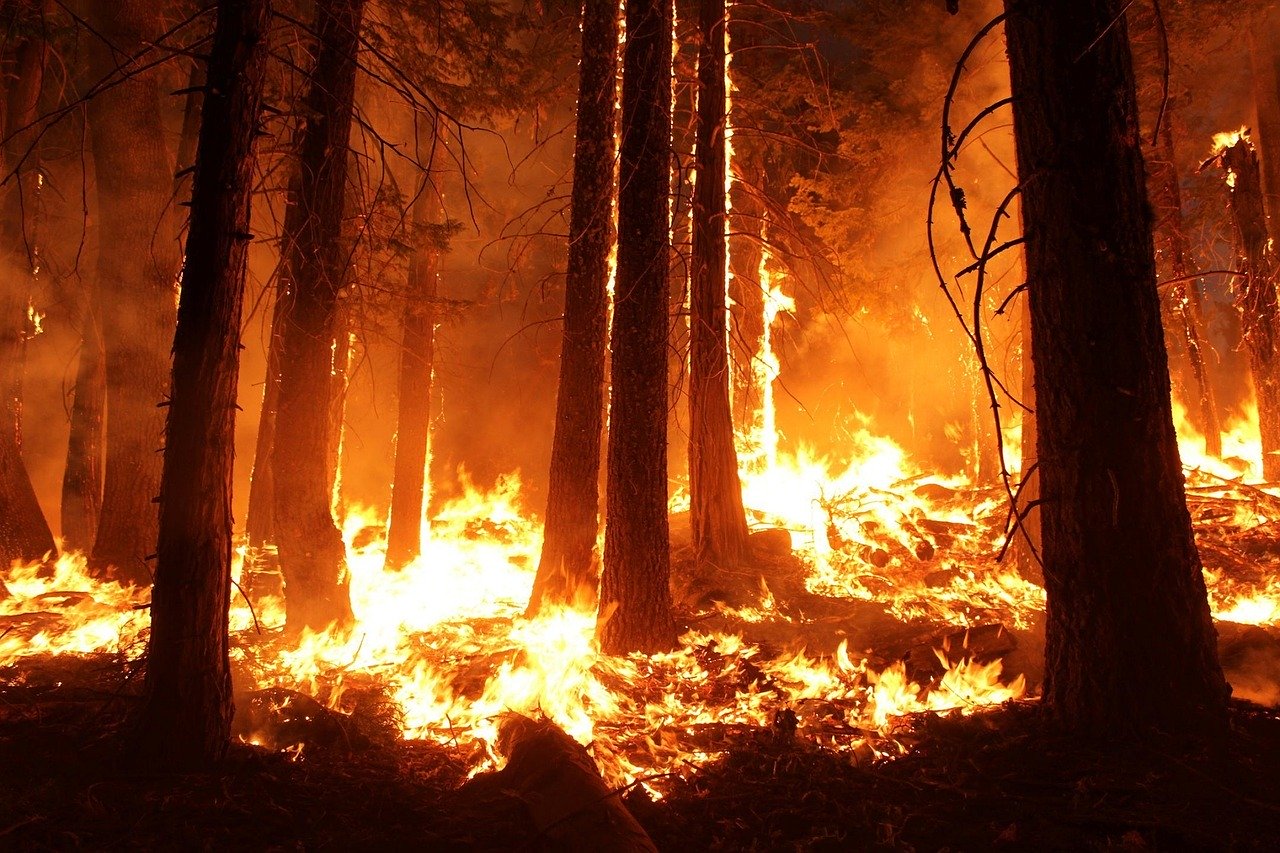A fire in Paso Robles was recently stopped after just an acre burned. The quick stop was credited to the use of sheep and goats for “fuel abatement.”
After catastrophic wildfires have burned valuable land across the west in recent years, the deployment of grazing livestock to minimize fuel loads is a welcome change in policy for places previously resistant to the idea. Cattle, sheep, and goats will often remove understory in areas difficult for people to traverse with little to no supervision while providing other benefits to the landscape.
While the primary function of grazing for wildfire prone areas is to reduce fine fuels on the landscape – dry grasses, invasive weeds, and other items with small stems and light leaves – it is also an opportunity to improve the overall health of rangeland. Grazing livestock, even in small areas, introduces soil aeration and habitat enhancement for other small species, and can help to encourage the growth of native vegetation while discouraging invasive plants.
Research also shows areas that have been responsibly grazed that do catch fire burn for a shorter period and with significantly less damage done to the vegetation and soil.
Four of California’s most devastating wildfires have occurred since 2020 – the August Complex, Dixie, SCU Lightning Complex, and Creek – with a total of 2,772,476 acres burned.
Grazing is not the only answer to wildfire prevention and reduction. It is part of a larger solution that involves a holistic approach to management of rangelands and forests.
When examining most of the fire history of the largest fires in 2020 and 2021, along with understory and fine fuels, there is a common thread among them: forests. Forest management is part of a healthy ecosystem that helps prevent wildfires by minimizing tree density and varying tree species throughout growth areas.
Active and selective logging of forests keeps trees healthy by removing diseased and dead trees. Logging also encourages a multitude of wildlife to find shelter in the forest. If tree densities become too thick, some wildlife will seek homes elsewhere, thus creating less foraging of the understory and more fuel loads for wildfires later.
Prescribed burns are the final piece of the wildfire prevention puzzle. The SCU Lightning Complex fire, despite burning nearly 400,000 acres was considered a success for the ecosystem because it cleared away debris, burned at a low intensity, and helped revive the rare fire poppy to the site in its aftermath.
Using fire to fight fire is done by firefighters now in the form of backburning to create barriers. Prescribed burning is another approach that removes excess fire fuels from the understory and keep tree limbs high enough to impede fires from climbing into the canopy.
Wildfires are highly destructive events, as everyone in the Western U.S. has seen in recent history, but we can break the cycle of continual catastrophic events with proper planning and management of our wild resources. Grazing, logging, and prescribed burning all offer benefits to mitigate the always devastating and sometimes deadly effects of wildfire.
Maybe it starts with a small flock of goats and sheep, like those in Paso Robles, to begin changing the discussion around how wildfire is proactively approached.
Pam Lewison is a farmer, Pacific Research Institute fellow, and director of the Washington Policy Center’s Initiative on Agriculture.

